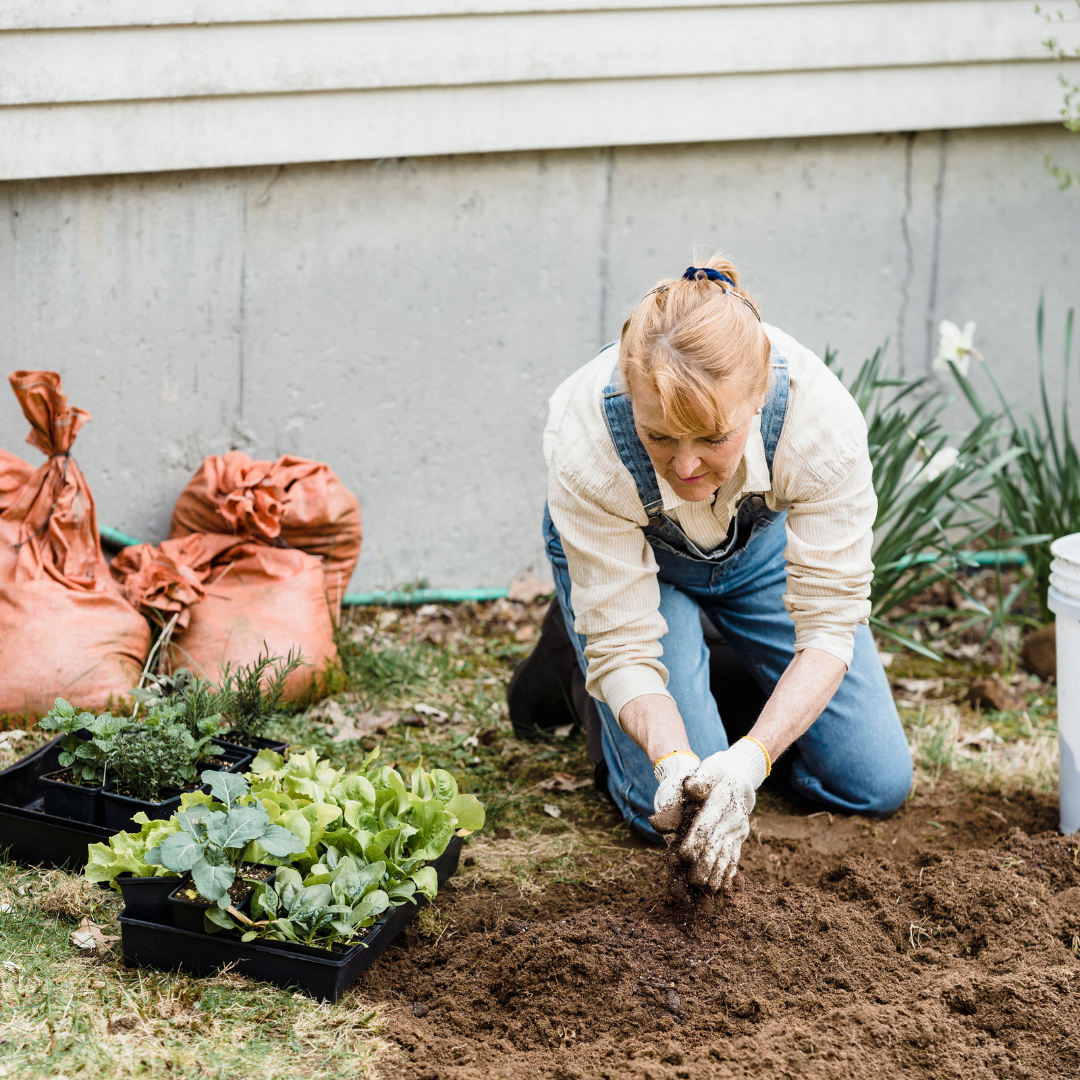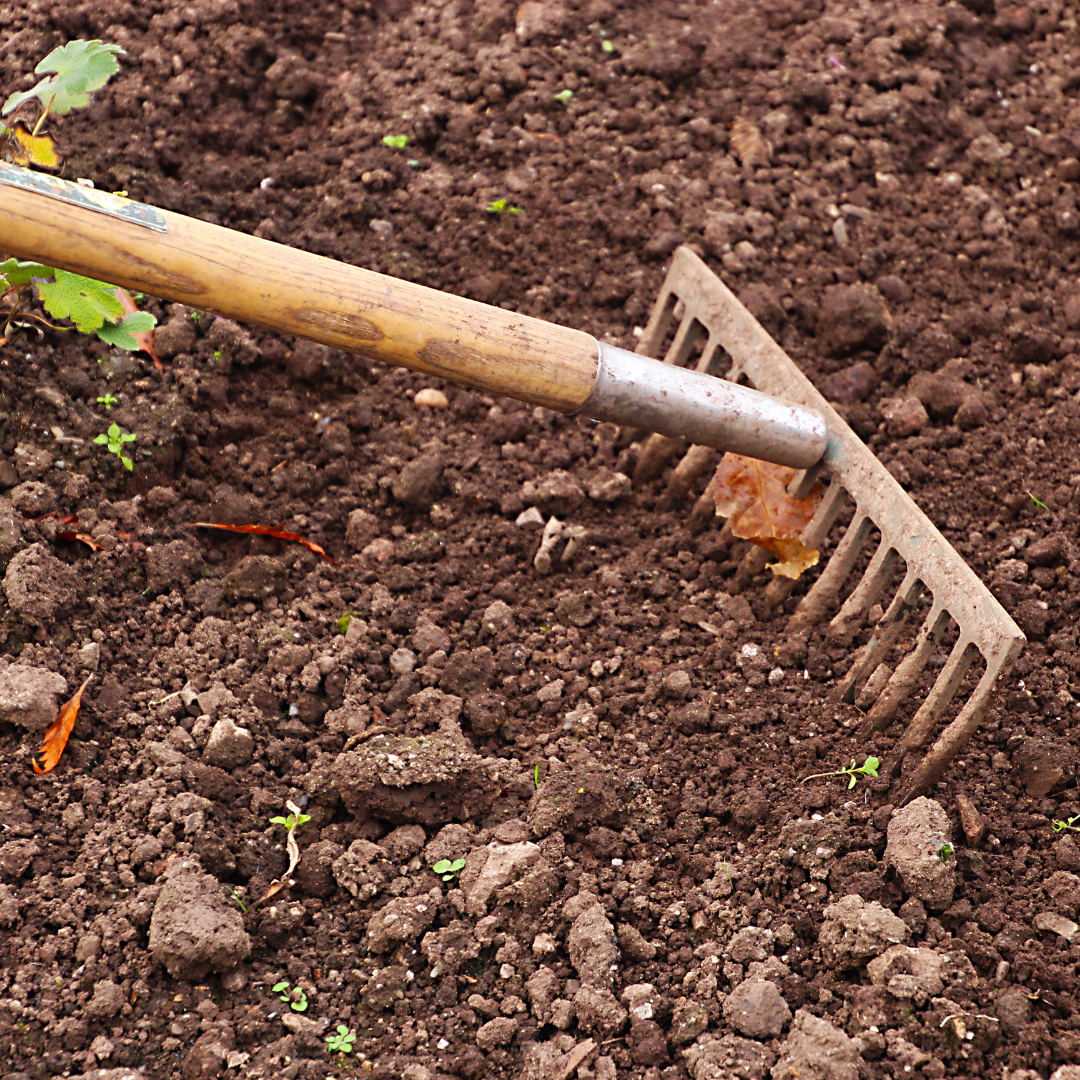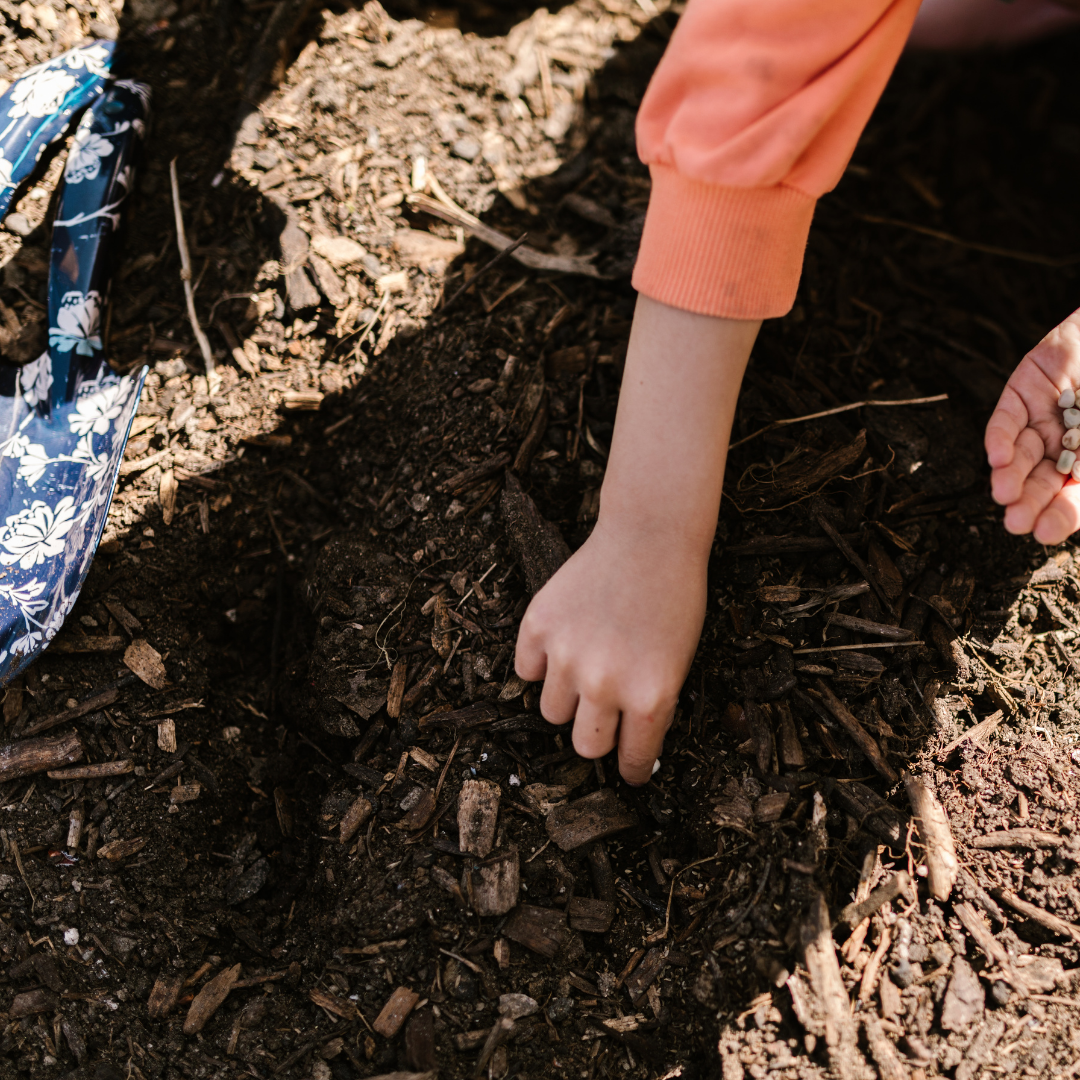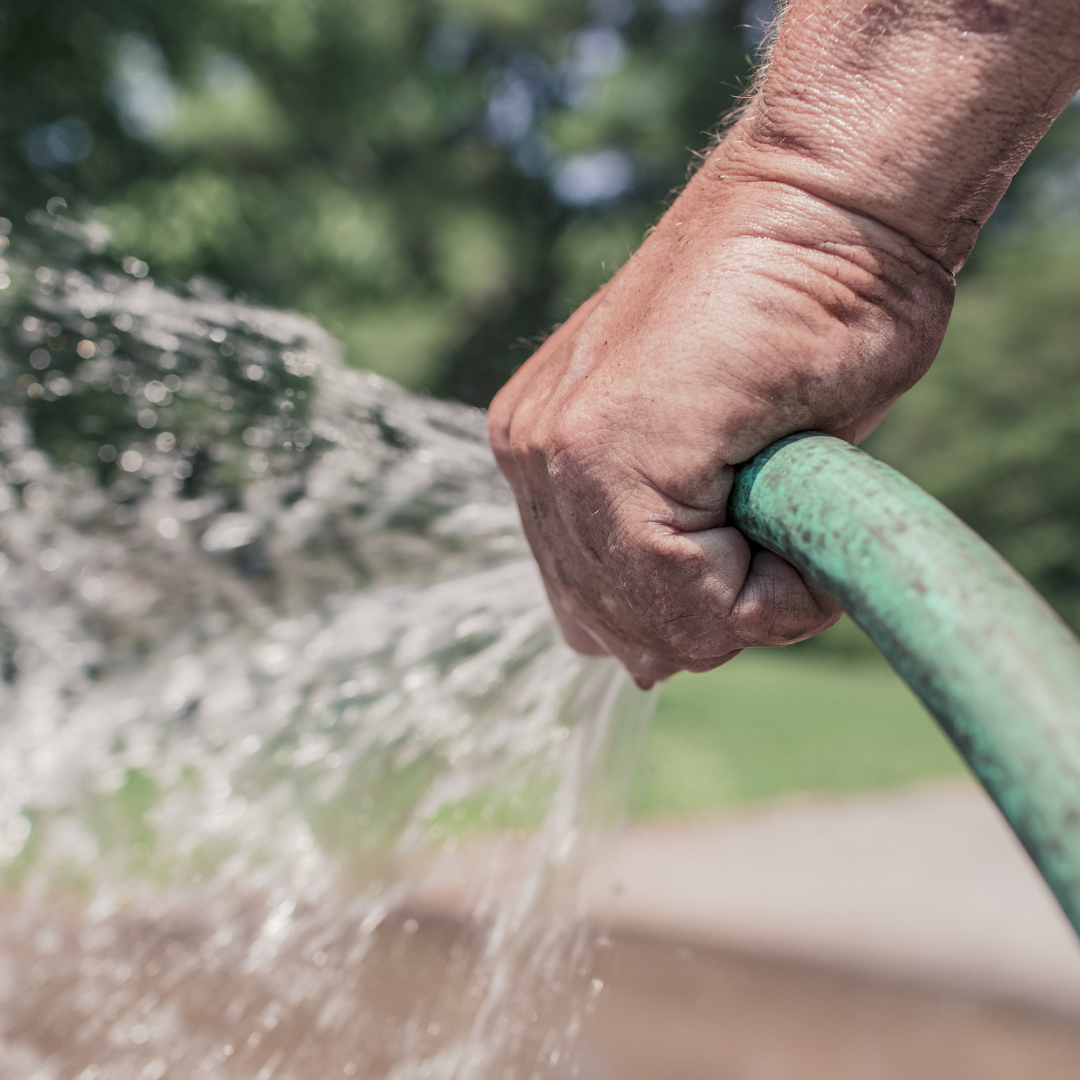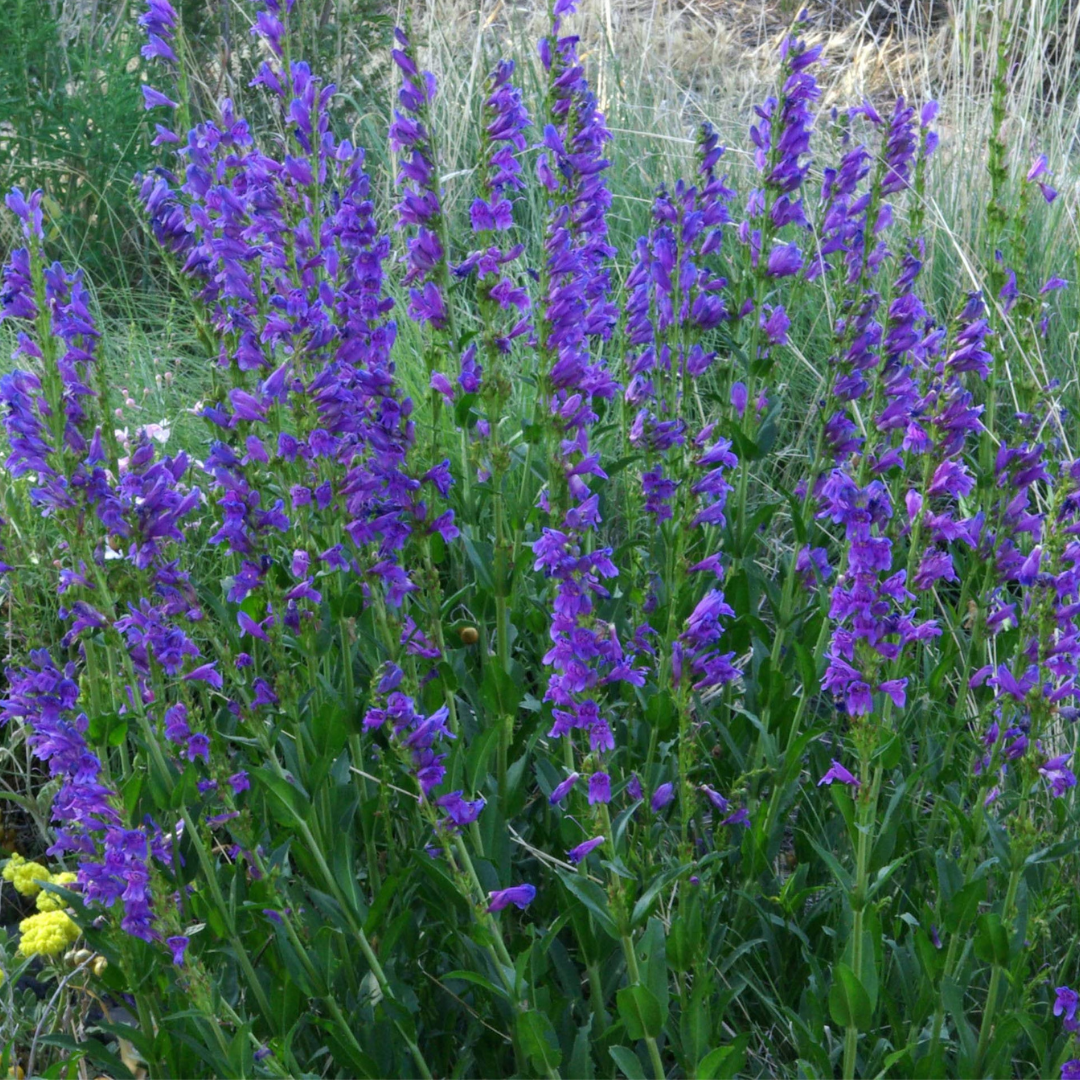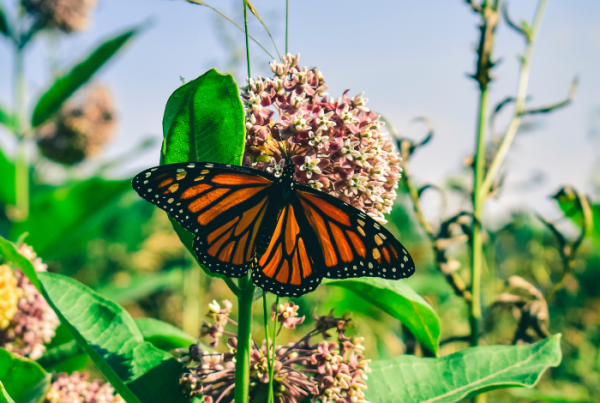Site Preparation
Preparing the site for seeding is the most important step to ensure healthy wildflower establishment.
Select Your Site
- When selecting a site for your wildflowers, pay close attention to existing vegetation. This is a good indicator of the site’s fertility.
- Your site should receive at least 6 hours of sunshine a day.
- Wet or low areas tend to accumulate weed seed, so avoid them if possible. These areas will promote weed growth that may compete with your flowers.

